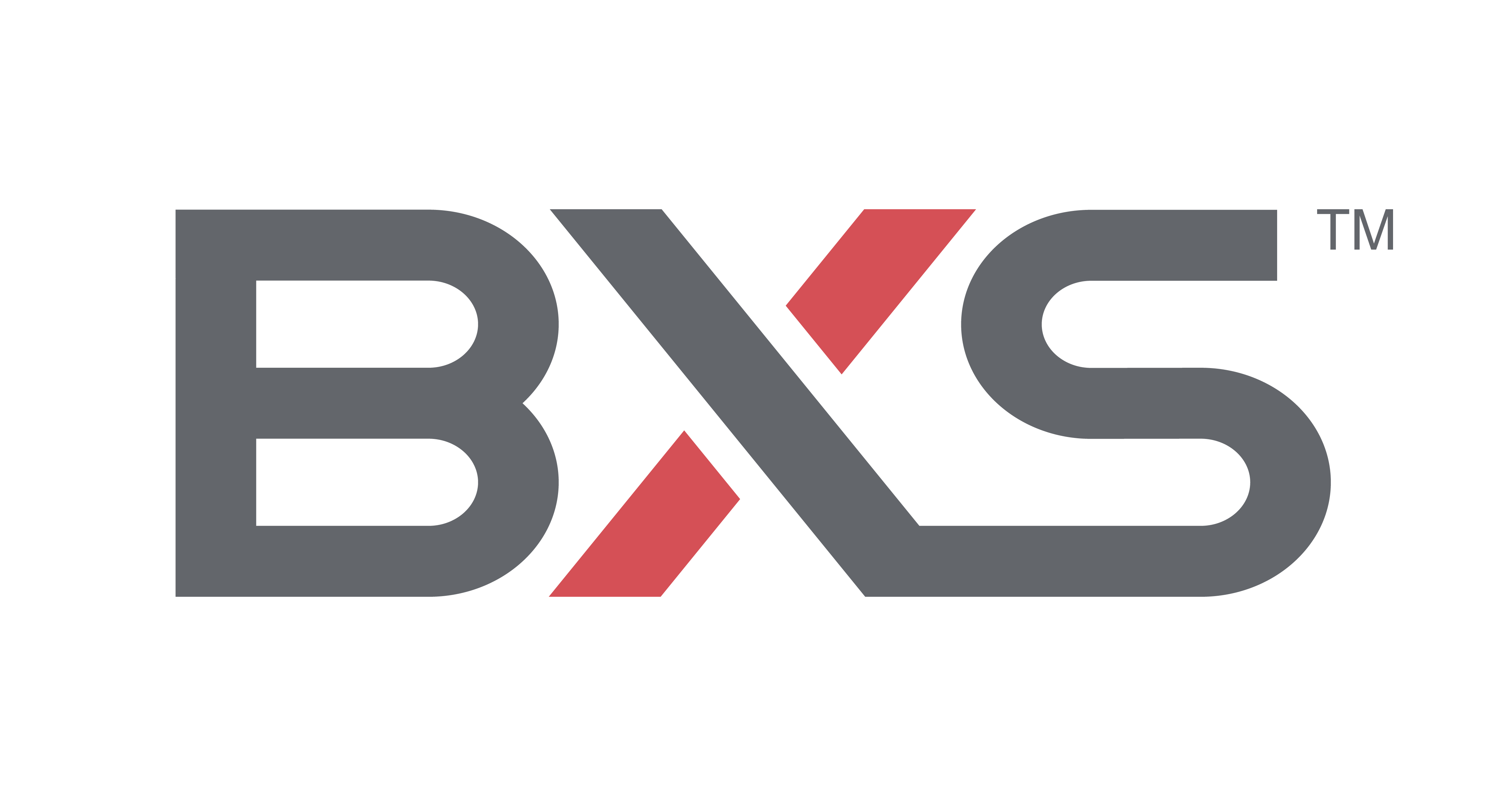December 31, 2020
In The News
Markets Media: Outlook 2021: Michael Post, BXS
Michael Post, EVP at BXS, spoke with Markets Media about trends expected to impact the industry in 2021 and strategies for the future.
What were the key theme(s) for your business in 2020?
In what has been an incredibly eventful year, the key theme for our business was continuity. Of course, we implemented our own business continuity plan, but what we are most proud of is our ability to serve as a source of continuity for our clients. Record volumes and volatility in March and April meant that all sides of the Street were busier than ever; at the same time, being forced into remote work scenarios led to unprecedented challenges in monitoring employee activity from a regulatory/compliance standpoint. For these reasons, our clients derived value from our reporting and analytics solutions like never before.
What are your expectations for 2021?
We expect remote work to continue well into 2021, which means a continuation of the challenges highlighted above. At the same time, in spite of these obstacles, the industry has made strides in terms of achieving a sense of business as usual, and this could have effects long after the pandemic is over. The adoption of additional remote monitoring systems will mean a long-term rise in remote trading, helping firms prepare for an uncertain future while possibly helping employees achieve greater work-life balance, secure childcare and the like. We also expect to see a continued increase in regulation and transparency in the markets, and therefore a continued emphasis on both internal and third-party systems to help meet increased reporting obligations.
What are your customers’ pain points and how have they changed from 1 year ago?
Our customers’ pain points have shifted as regulation has increased. Over the past year, that means dealing with enhanced reporting requirements for Rule 606 and the implementation of the Consolidated Audit Trail, both of which have created increased workloads for compliance officers in an already difficult year. There is also intensified discussion of needed reforms to Rule 605, which should incorporate other factors such as enhanced liquidity, market impact, adverse selection and slippage. Ultimately, however, all of these examples speak to a longstanding industry challenge: the need to scrutinize compliance processes to keep pace with accelerating regulatory activity.
To read the full article, click here.

